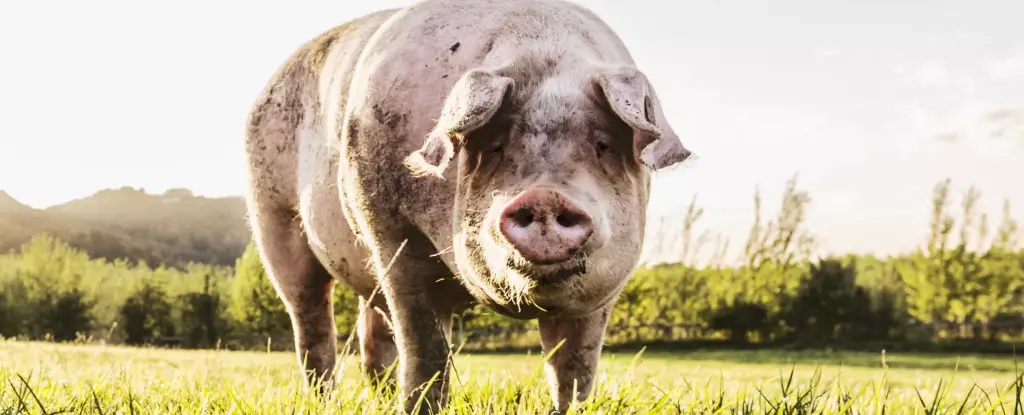The H5N1 avian influenza, commonly referred to as bird flu, has long presented a serious risk to poultry and has occasionally crossed into mammal populations. Originating primarily in waterfowl, this highly pathogenic virus is notorious for its lethal potential in birds, and historical outbreaks have highlighted its capacity for mutation. As concerns about the virus’s transmission to humans and other species continue to mount, recent developments in Oregon have sparked a new wave of anxiety among public health officials.
On a modest non-commercial farm in Oregon, an alarming discovery was made when a pig tested positive for the H5N1 virus. This case marked the first of its kind in the United States, further emphasizing the virus’s reach into mammal populations. Four days earlier, poultry on the same farm had already been diagnosed with the virus, indicating a precarious interspecies transmission that is often overlooked. The USDA swiftly acted by euthanizing the infected pig and several others on the premises to conduct extensive diagnostic tests. Fortunately, two of the pigs tested negative, but two remain under observation with results pending.
Officials have reassured the public that the outbreak poses no threat to the safety of the national pork supply, clarifying that this particular farm is a small, non-commercial venture with no impact on the larger agricultural market. Despite this reprieve, the quarantine of the farm and ongoing surveillance of other livestock, such as sheep and goats, underscores the seriousness of the situation.
Infectious disease experts have long cautioned against the risks associated with inter-species transmission of viruses like H5N1. The close quarters shared by the pigs and poultry on the farm facilitated this transmission, raising alarms about the increasing incidence of mammalian infections. The potential for the virus to mutate into a strain that could be transmissible to humans looms large, an unsettling possibility given the history of zoonotic diseases.
While initial assessments from the USDA have indicated that there have been no significant mutations in affected poultry samples, the agency’s ongoing genomic sequencing of the pig’s sample will be crucial to understanding the trajectory of the virus. Public health officials are left to navigate the delicate balance of monitoring the situation while mitigating public fear.
This incident in Oregon should serve as a stark reminder of the interconnectedness of animal health and public health. With the rise of zoonotic diseases and the environmental factors that contribute to viral spread, the animal agriculture industry must remain vigilant. Ongoing research and monitoring are essential not only for safeguarding animal welfare but also for preventing potential human health crises that could arise from such outbreaks.
While the H5N1 case in pigs has been contained, it is imperative that both public health authorities and agricultural sectors stay proactive. The evolving nature of viruses, combined with changing ecological dynamics, makes it clear that preparedness and open lines of communication are essential to prevent future outbreaks.


Leave a Reply